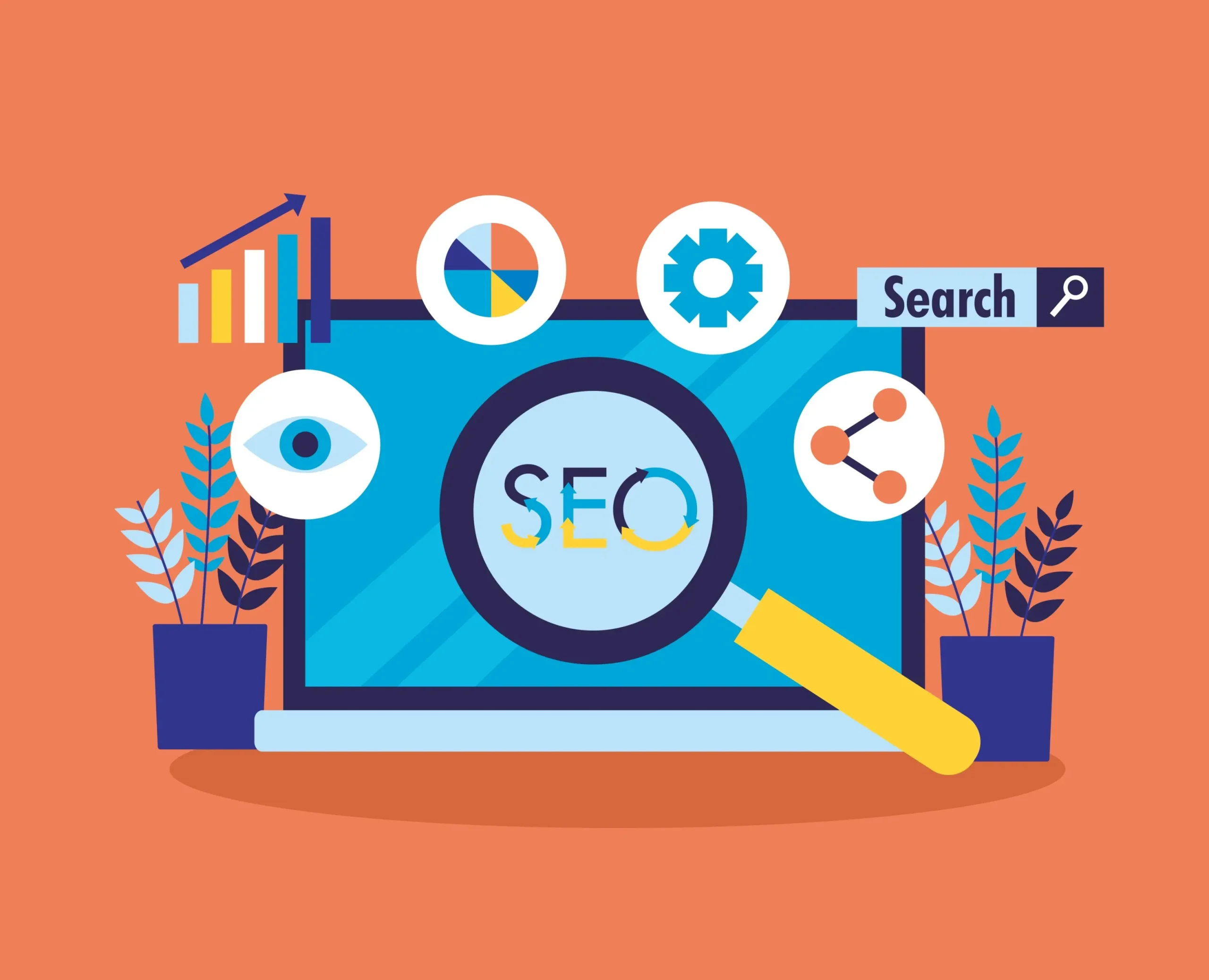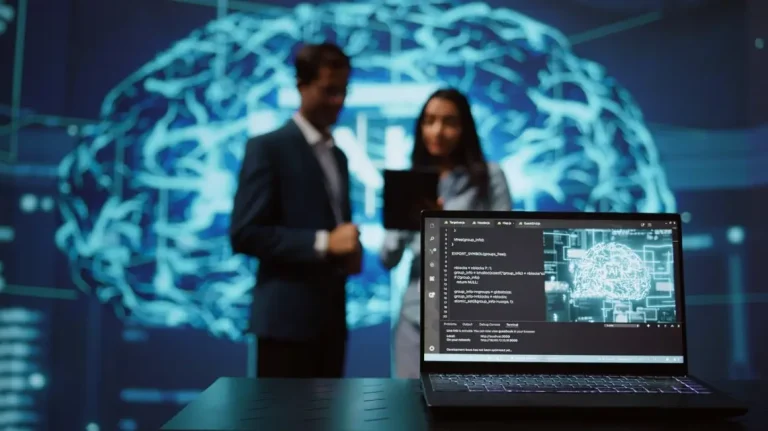The Link Between Website Design and SEO Rankings: What You Need to Know

Introduction
Design and SEO aren’t separate worlds they’re tightly connected. A well-designed website isn’t just about visuals; it’s about structure, performance, and usability. These are the exact things search engines look at when deciding where your site should rank. If your design gets in the way of performance, your SEO suffers. If it enhances user experience, your rankings improve.
Let’s break down the major ways website design impacts SEO.
- Speed Matters—A Lot
Few things drive users away faster than a sluggish site. Every extra second of loading time increases bounce rates, which signals to search engines that visitors aren’t satisfied. Factors like unoptimized images, bulky code, and excessive plugins can weigh your site down. Good design incorporates performance right from the start, making sure speed supports both usability and rankings.
- Mobile-Friendly Design Is Non-Negotiable
More than half of all web traffic comes from mobile devices. Google has shifted to mobile-first indexing, meaning it primarily evaluates how your site performs on smartphones and tablets. A responsive design ensures layouts, images, and menus adjust seamlessly to different screens. If your site isn’t mobile-friendly, your rankings will take a hit.
- Clear Structure Helps Users and Crawlers
Visitors should be able to move through your site without friction. Menus, headings, and internal links need to guide them logically. The same structure also helps search engine crawlers understand your site’s hierarchy. Well-organized navigation and clean architecture make it easier for both people and bots to find what matters most.
- Semantic Markup Builds Clarity
Behind the scenes, the way your site is coded matters. Proper use of HTML tags—like headings (H1, H2), alt attributes for images, and descriptive meta tags—tells search engines exactly what each page is about. This makes it easier for them to connect your content to relevant search queries. A beautiful site with messy code won’t perform nearly as well.
- Engaging and Accessible Style = Better SEO Signals
Search engines track how people behave on your site. If they stay longer, scroll deeper, and interact more, that’s a strong positive signal. Design elements like readable fonts, good color contrast, and accessibility features don’t just make your site inclusive—they encourage more engagement. The more user-friendly your design, the better your SEO performance.
- Design Should Support the Message, Not Distract
Good design draws attention to content, not away from it. Overly flashy animations, pop-ups, or cluttered visuals frustrate users. Minimal, purposeful design helps highlight your message, products, or services. Search engines reward sites that provide clarity because those sites tend to keep visitors satisfied and engaged.
Why Design and SEO Work Best Together
Think of design and SEO as two sides of the same coin. A site that’s fast, responsive, and structured well not only pleases visitors but also sends the right technical signals to search engines. When design choices support SEO principles, you’ll see:
- Lower bounce rates because users find what they need quickly
- Better crawlability thanks to clean architecture and markup
- Higher rankings driven by positive engagement signals
- Improved conversions since people trust and act on sites that feel professional
How OneData Brings Design and SEO Together
At OneData Software Solutions, we believe design and SEO should never work in isolation. Our team builds websites that are not just visually appealing but also engineered to perform.
Here’s what we focus on:
- Responsive, UX-driven design that adapts smoothly across devices
- On-page SEO foundations like optimized headings, metadata, and internal linking
- Speed optimization through clean coding and image compression
- Data-backed improvements using analytics, heatmaps, and A/B testing
- End-to-end digital marketing: SEO, PPC, content, social media, and more
By combining thoughtful design with strategic marketing, we make sure your site doesn’t just look good—it gets found, drives traffic, and generates results.
Final Thought
Website design isn’t just about aesthetics—it directly influences SEO rankings. A well-designed site keeps visitors engaged, loads quickly, and helps search engines understand your content. Pairing smart design with SEO best practices is the key to online success.
If you’re ready to create a site that looks good and ranks well, connect with OneData Software today.
FAQs
Why does design affect SEO?
Because design determines how people interact with your site. If it’s slow, confusing, or hard to navigate, they leave quickly. That behavior impacts rankings.
Can a beautiful website hurt SEO?
Yes, if beauty comes at the cost of performance. Heavy graphics, slow scripts, or poor structure can drag rankings down even if the site looks stunning.
Is mobile design really that critical?
Absolutely. Google now evaluates your mobile version first. If your site doesn’t work well on smartphones, you’re at a big disadvantage.
How do you balance creative design with SEO best practices?
By planning both together from the start. You don’t need to sacrifice creativity—you just need to ensure code is clean, layouts are intuitive, and content remains central.AI-powered tools automatically detect bugs, generate test cases, and predict issues before they affect users. They also optimize site speed, responsiveness, and accessibility for improved performance.
What can OneData help with?
We offer everything from SEO-friendly website design to complete digital marketing strategies. Our services include SEO, PPC, content marketing, social media, analytics, CRO, and more.










